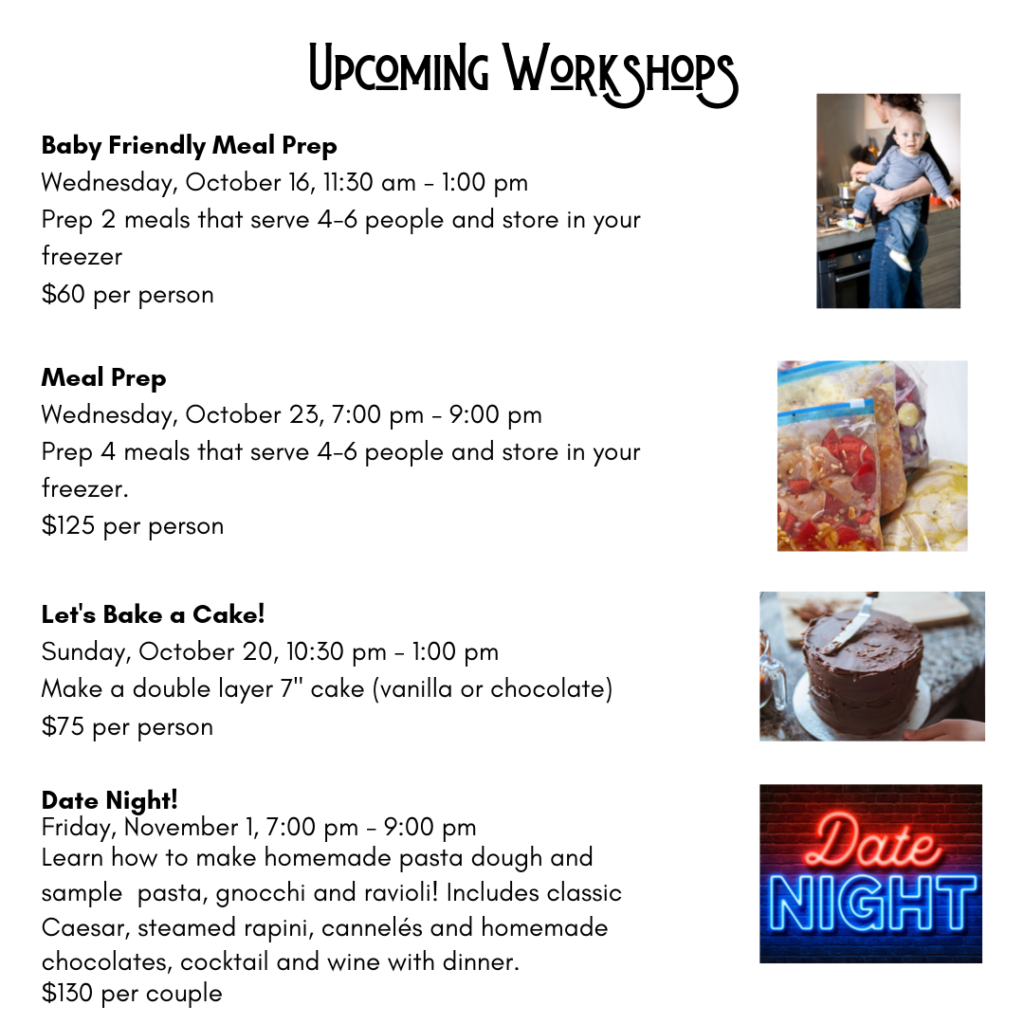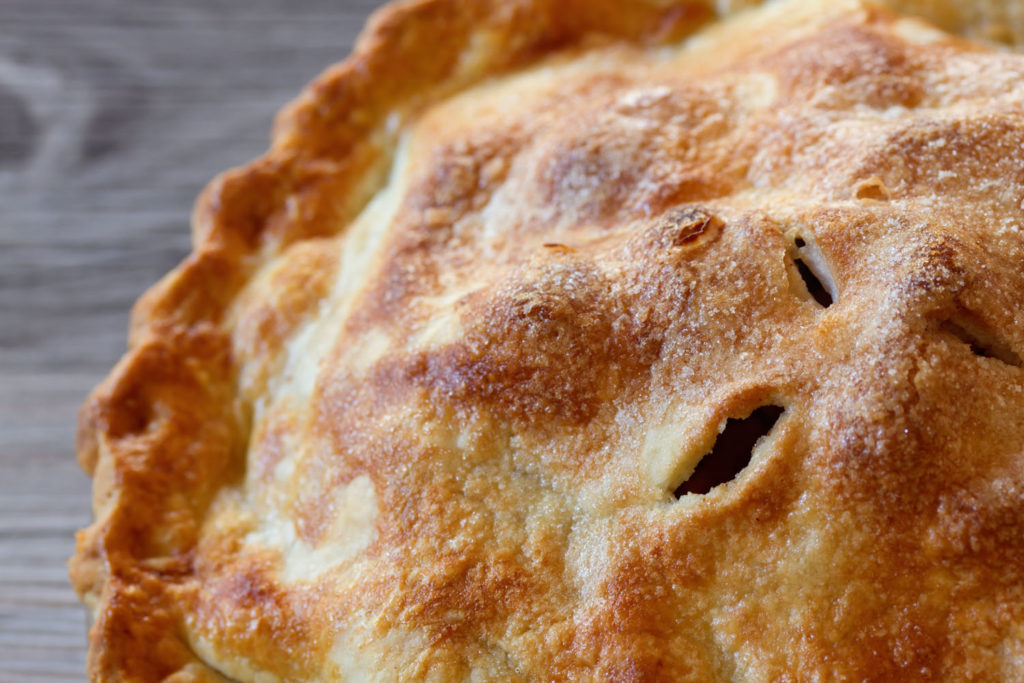Pumpkin or Apple Pie?

People are SCARED to make pastry. I grew up in a house where pies were a staple of Sunday dinner and making pastry to my mom was a nothingburger. And I get that that kind of modeling goes a long way to dispel fears.
So I am going to take that one step further and break down the fundamentals of making pastry.
7 Tips to Great Pastry
1. Weigh. Pastry is equal parts fat and grain. The best way to make sure these are equal weight is to use a scale. You don’t need a fancy digital scale, in fact, I see them all the time at Value Village. It’s not necessary, it’s just more accurate.
2. Fat. Your fat can be lard, butter, vegan butter or shortening, or a combination of these. I often use unsalted butter or unsalted butter and lard, because that’s my preference and it gives me the taste and texture I prefer.
3. Grain. I use All Purpose flour for almost everything. You could certainly substitute whole wheat, spelt and gluten free options. The density and moisture in the grain will have an impact. It’s best to master your dough with one grain so you have a feel for how your dough should feel. Then experiement from there.
4. Vinegar (just a teaspoon) is essential. In inhibits gluten (which makes dough stretchy) and helps create a flaky crust. Choose cider vinegar or white vinegar.
5. Temperature: your fat has to be COLD. Straight from the freezer is ideal, but straight from the fridge works too.
6. Water. it needs to be ice cold and used sparingly!
7. Handling. Keep your contact to a minimum. The more you work the dough, the more you melt your fat and you elimate air pockets and layers, which reduces flakiness.

This recipe (follows video) will make a 9″ double pie crust.
Happy Thanksgiving!
Lisa
- Weigh. Pastry is equal parts fat and grain. The best way to make sure these are equal weight is to use a scale. You don’t need a fancy digital scale, in fact, I see them all the time at Value Village. It’s not necessary, it’s just more accurate.
- Fat. Your fat can be lard, butter, vegan butter or shortening, or a combination of these. I often use unsalted butter or unsalted butter and lard, because that’s my preference and it gives me the taste and texture I prefer.
- Grain. I use All Purpose flour for almost everything. You could certainly substitute whole wheat, spelt and gluten free options. The density and moisture in the grain will have an impact. It’s best to master your dough with one grain so you have a feel for how your dough should feel. Then experiement from there.
- Vinegar (just a teaspoon) is essential. In inhibits gluten (which makes dough stretchy) and helps create a flaky crust. Choose cider vinegar or white vinegar.
- Temperature: your fat has to be COLD. Straight from the freezer is ideal, but straight from the fridge works too.
- Water. it needs to be ice cold and used sparingly! You are addding by the dropfuls.
- Handling. Keep your contact to a minimum. The more you work the dough, the more you melt your fat and you elimate air pockets and layers, which reduces flakiness.
